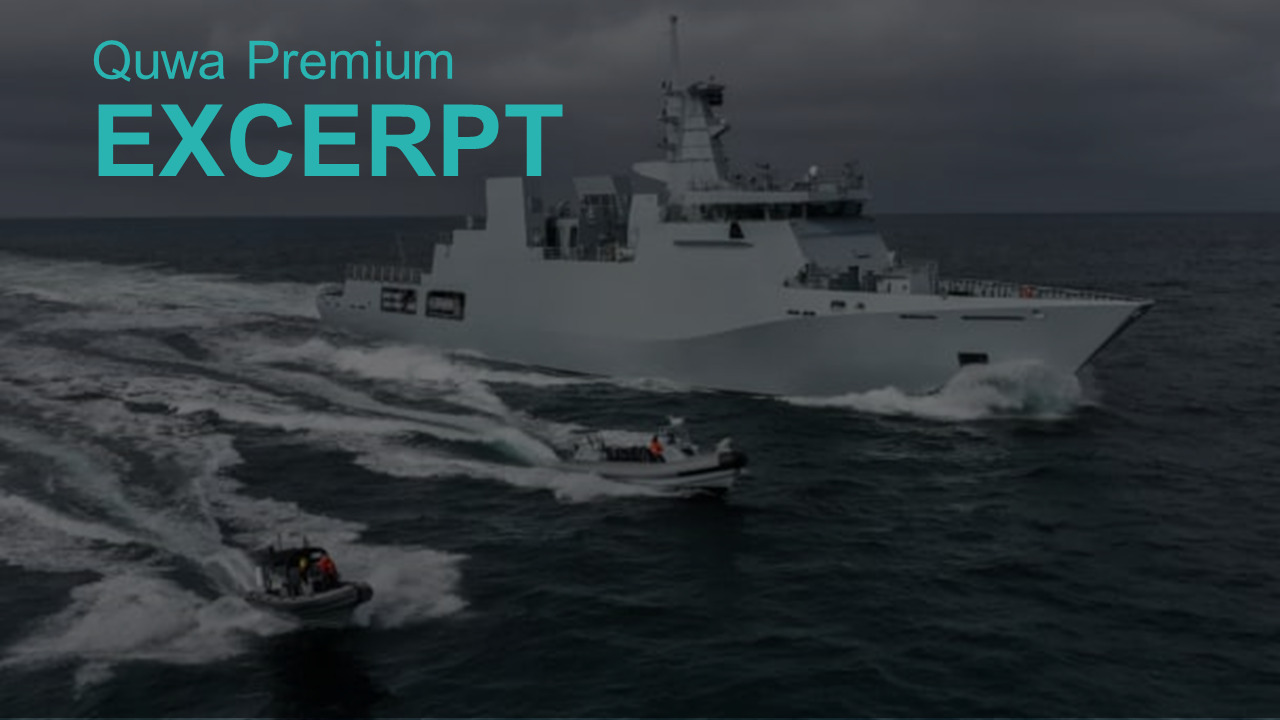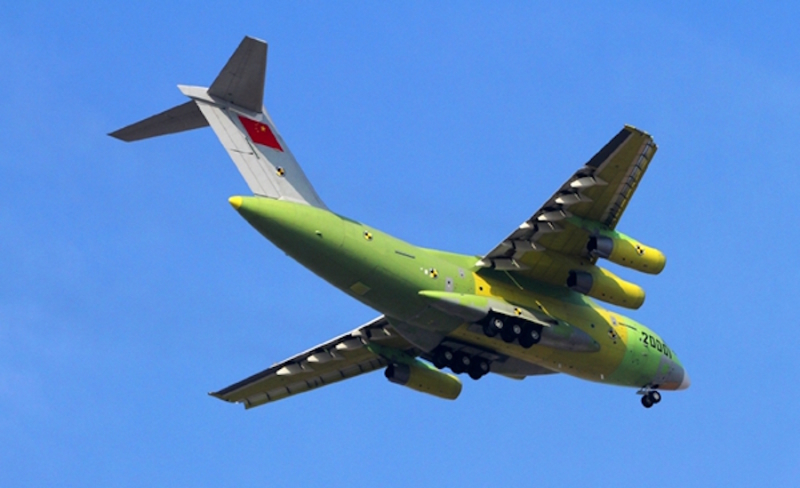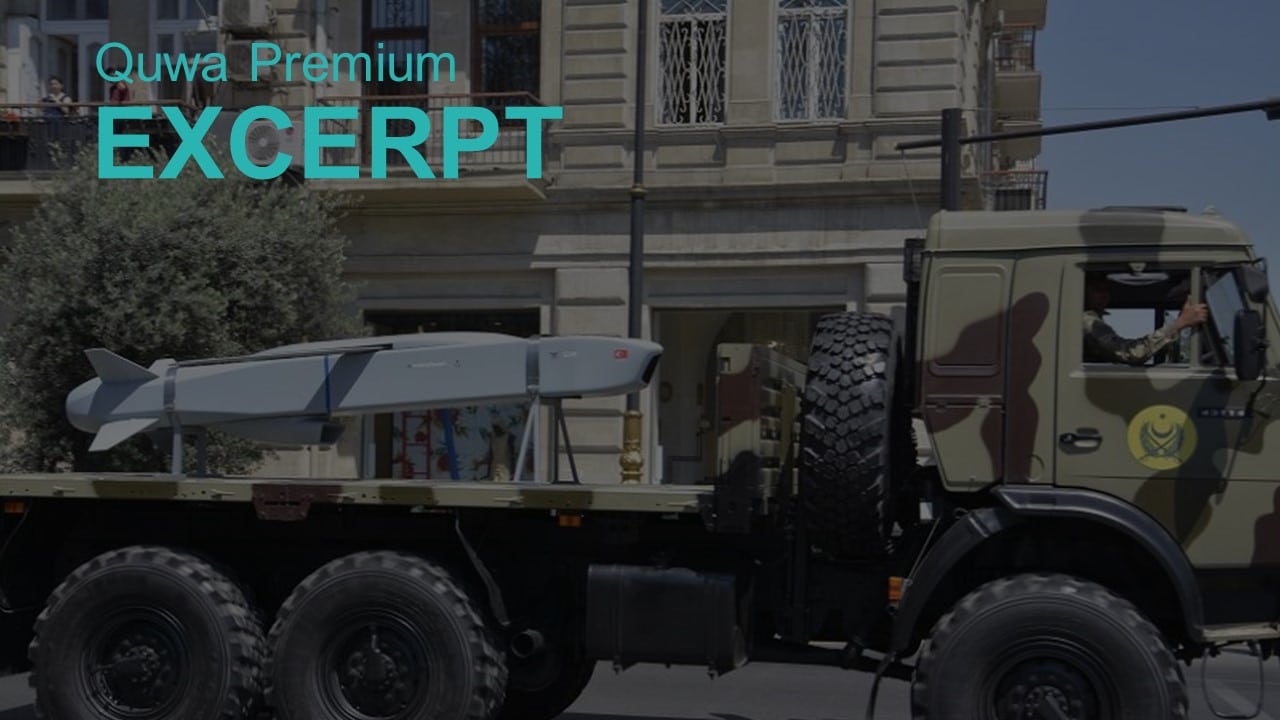4157Views

The Quiet Rise of the Pakistan Navy (Part 1)
In September 2023, the Pakistan Navy (PN) gifted PNS Tariq – the lead ship of the Type 21s, it bought from the Royal Navy (RN) in the 1990s – to Falls of Cycle International. Not only did the handover mark the end to the service of the Tariq-class frigate, but it closed a chapter to one aspect of the PN’s past procurement efforts – relying on mothballed ships from the U.K. or U.S. Instead, it has embarked on an ambitious plan to both modernize and expand its surface fleet with new warships from China, Turkey, and the Netherlands – and, in time, will complement those with locally built original designs.
In 2020, then PN CNS, Admiral Zafar Mahmoud Abbasi, announced that the PN was embarking on its plan to both qualitatively modernize and quantitively expand its fleet. In fact, expansion was an important goal; Adm. Abbasi stated that the PN’s small surface fleet had “constrained (Pakistan’s) regional footprint and influence.” Thus, the PN aimed to expand its surface fleet to over 50 ships, of which 20-plus will be “major surface vessels” such as multi-mission frigates and corvettes.
Since then, the PN inducted four Tughril-class (Type 054A/P) frigates and the first of four Babur (MILGEM)-class anti-submarine warfare (ASW) corvettes. Both the Tughril-class and Babur-class are complete multi-mission platforms with anti-submarine warfare (ASW), anti-ship/surface warfare (AShW/ASuW), and anti-air warfare (AAW) capabilities. Furthermore, both ship types are capable of supporting ASW helicopters.
In parallel, the PN also ordered a total of four offshore patrol vessels (OPV) from the Netherlands’ Damen Shipyards Group. The first batch of two Damen OPV 1900 ships were ordered in 2017 and commissioned in 2020 as the PNS Yarmouk and PNS Tabuk. The PN sought the OPVs to support a wide assortment of roles – i.e., combat search-and-rescue (CSAR), intelligence and surveillance, maritime security, and ASuW/AShW operations. However, the ASuW/AShW element will likely be activated in wartime; otherwise, the PN will likely use the OPVs as primarily patrol and sea-policing assets in peacetime.
In October 2020, then PN CNS, Adm. Abbasi, said that the PN was looking to acquire six additional OPVs of “larger tonnage,” and, shortly thereafter, signed a contract for two Damen OPV 2600-based ships. Like the OPV 1900s, the OPV 2600s are ASuW/AShW capable; however, unlike the OPV 1900s, the OPV 2600s are also equipped with an AAW system via a vertical launch system (VLS). The PN could potentially order up to four additional OPVs, thus giving it a total fleet of eight ships, six of them being multi-mission peace- and wartime assets via ASuW/AShW and AAW capabilities.
In addition to being a relatively affordable way to grow the surface fleet, the PN could begin leaning on its OPVs for coalition or multi-national efforts, like CTF-150 and CTF-151.
The remainder of the PN’s fleet expansion effort will likely center on the forthcoming Jinnah-class frigate, a joint-program with Turkey’s ASFAT. According to Karachi Shipyards & Engineering Works (KSEW), the new frigate has a displacement of 3,300 tons, length of 119 m, and breadth of 15 m…
End of Excerpt (493/1,180 words)
You can read the complete article by logging in (click here) or subscribing to Quwa Premium (click here).
For More Pakistan Navy News and Analysis, See:
- The Quiet Rise of the Pakistan Navy (Part 2)
- Pakistan Navy Makes Gains in Surface Combatant Programs
- Pakistan Launches Fourth MILGEM Corvette, PNS Tariq
- Pakistan and India Continue Building Respective Naval Aviation Capabilities
- Pakistan Navy Commissions Last 2 Type 054A/P Frigates
- The “Silent Service” is Still the Future of the Pakistan Navy
- Pakistan Navy Confirms Supersonic Missile Induction
- Pakistan Navy May Add European VLS to New Offshore Patrol Vessel
- Pakistan Starts Building Original Patrol Boat


